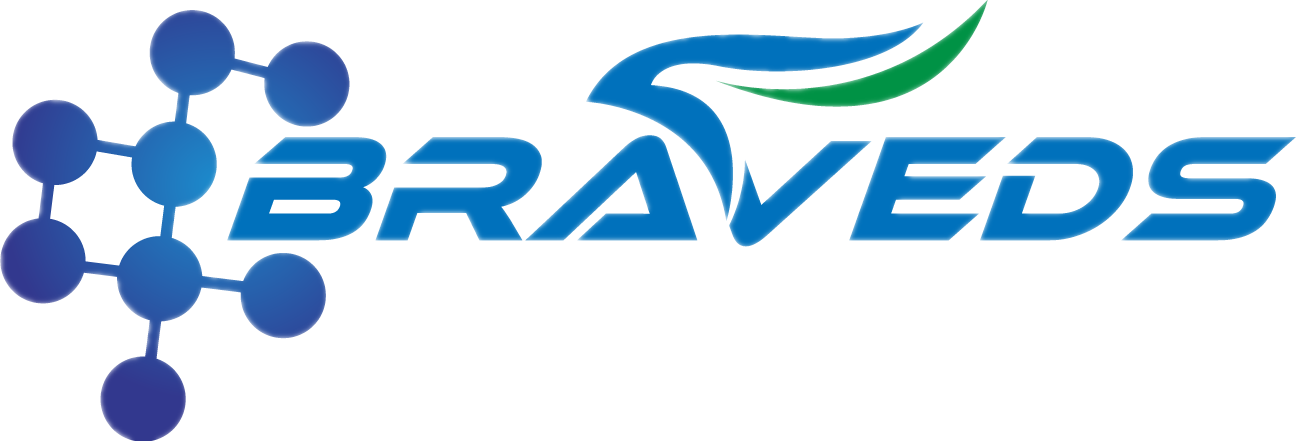Betaine
Braveds
Description
| Product Name | Betaine |
| Types | S homologous reagent |
| Form | powder |
| CAS NO | 107-43-7 |
| Producer | China |
| Purity | >=98% (Titration) |
| Storage | 2-8°C |
| Recertification | 5Years |
| Synonyms |
Overview
| Content | >=98% (titration) |
| Storage | 2-8°C |
| Dissolubility | water: 50 mg/mL, clear, colorless to faintly yellow |
| Melting point | 310 °C (dec.) |
Application.
The antioxidant effect of betaine on freeze regeneration has been studied.
General description.
Betaine is a kind of quaternary ammonium salt, which exists widely in animals, plants and microorganisms. It is also a good source of food because it is found in wheat, spinach, shellfish and sugar beets. Betaine is a methyl derivative of amino acid glycine. It has different names, such as trimethylglycine, glycine betaine, lysine and trimethylglycine.
Biochemical / physiological behavior.
Betaine is the end product of choline oxidative metabolism and is a general methyl donor, especially in a secondary pathway of methionine biosynthesis. It is used to treat homocysteinuria, a defect in the main pathway of methionine biosynthesis. Betaine not only participates in transmethylation, but also protects cells from organic osmosis under stress. This has been clearly observed in plants and microorganisms. It is known that betaine can also increase the level of S-Adenosylmethionine, which may reduce the effect of liver steatosis.
Add to cart
| SKU | UNIT | PRICE (USD) | QTY |
|---|---|---|---|
| SG84599-100G | 100G | 11.4 | |
| SG84599-1KG | 1KG | 57.2 |




